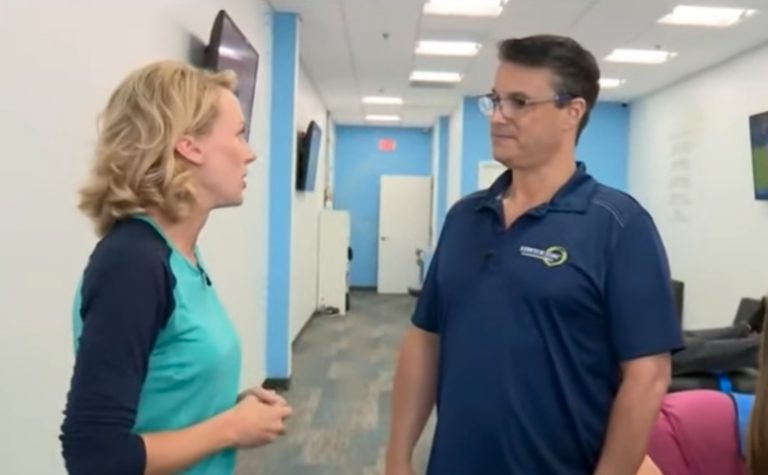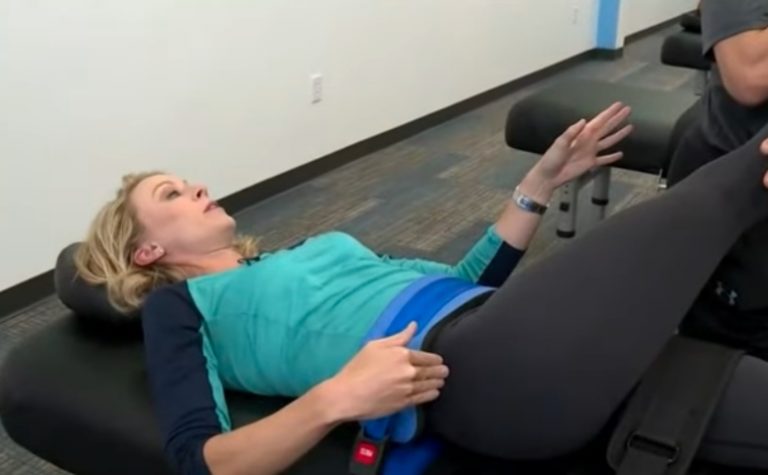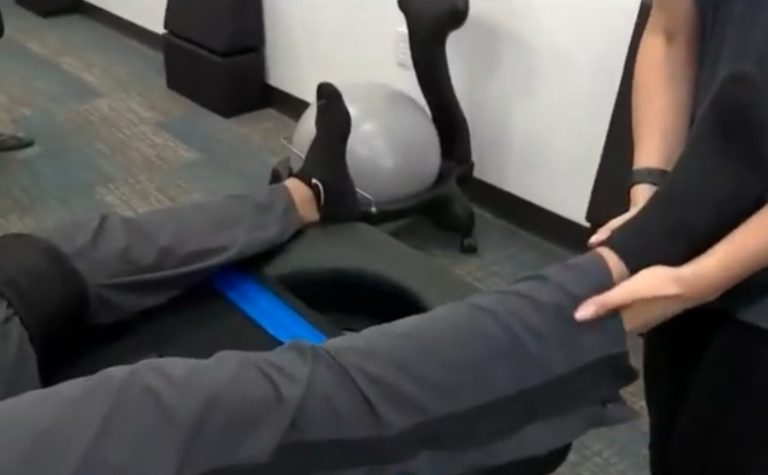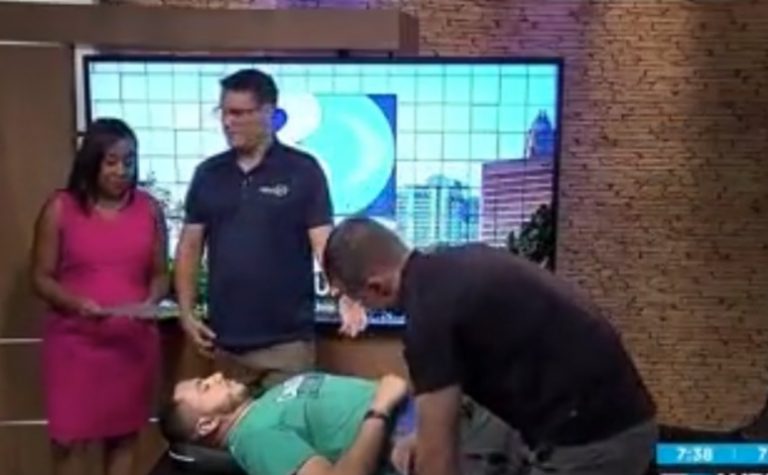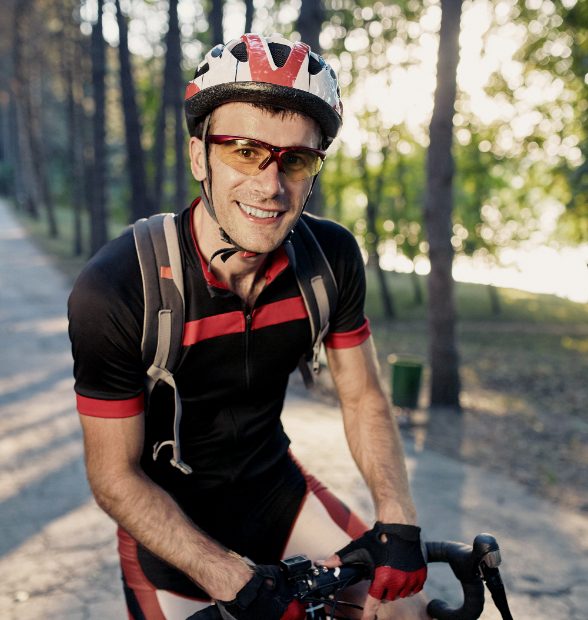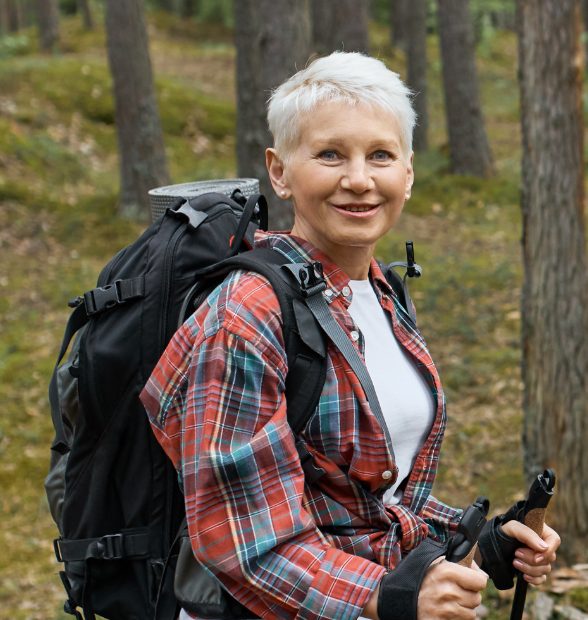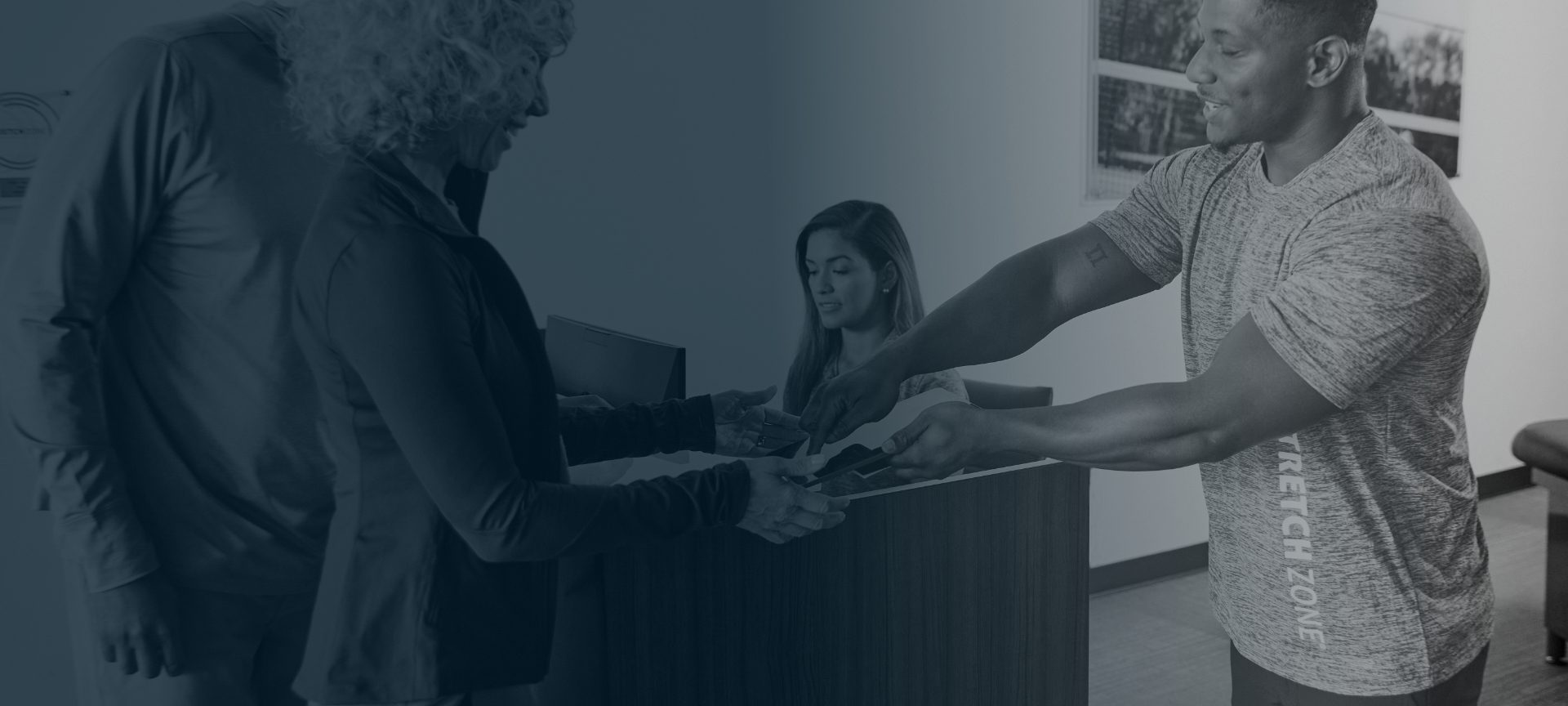
Stress causes the body to pump out cortisol (cortisol is commonly referred to as the “stress hormone”) which can lead to health risks, including weight gain. Stretching is important for weight management because it helps improve your mood, by lowering tension and stress and balancing cortisol levels in your body.
Yoga n.
1. A Hindu discipline aimed at training the consciousness for a state of perfect spiritual insight and tranquility.
2. A system of exercises practiced as part of this discipline to promote control of the body and mind.
Yoga is used to prepare the body and mind for meditation and promotes healing from everyday stress. Yoga means “to join or yoke together,” and it brings the body and mind together into one harmonious experience. Most people associate yoga with Hatha Yoga, which incorporates physical movements, postures, and breathing techniques. The long-held “stretches” within yoga help maintain postures. The real purpose of yoga postures is to develop the strength of body and calmness of mind in order to sit in meditation for 30-60 minutes without moving. This is different from Stretch Zone’s goal of achieving functional flexibility, which helps you feel better every day, whether playing sports or with your grandchildren.
Pilates n.
1. Pilates (/pɪˈlɑːteɪz/;[1] German: [piˈlaːtəs]) is a physical fitness system developed in the early 20th century by Joseph Pilates, and popular in many countries, including Germany,[2] the United States and the United Kingdom.
Pilates is a body conditioning routine that may help build muscle tone, balance musculature, support correct posture, and teach users to move with ease and grace. Pilates seeks to develop controlled movement from a strong core using a range of apparatus to guide and train the body. Pilates principles are concentration, control, centering, flow, efficiency of movement, precision, and breathing.
Yoga is used to prepare the body and mind for meditation, and Pilates is a body conditioning routine. In contrast, Stretch Zone is about creating and maintaining functional flexibility.
Different from massage, yoga, and other stretching modalities, the Stretch Zone Method does not seek to make muscles more flexible or elastic. Instead, Stretch Zone works to re-educate the nervous system to increase active range of motion efficiently and effortlessly. It is a complete proprietary system of practitioner-assisted stretching that yields real results. From the proprietary table to the patented strapping and stabilization system, the experience at Stretch Zone is unlike any other.
Yes! *
Hip replacement traditional posterior approach
- No adduction (crossing the affected leg past the midline of the body) for 3 months, and limited adduction for another 3 months after that.
- No internal rotation for 3 months, and limited internal rotation for another 3 months after that.
- No flexion past 90 degrees for 6 months, and limited flexion past 90 degrees for another 6 months after that.
Hip replacement traditional anterior approach
- Limited abduction (separating legs at a wide angle) for 6 months.
- Limited external rotation (turning thighs out) for 6 months.
- Limited extension (stretching backward) of the hip joint for one year.
* Stretch Zone does not intend to diagnose or treat any medical condition, and while it has been proven safe, clients are encouraged to consult their physician on this or any other new physical activity.
Massage stimulates mostly superficial muscles, while stretching activates the deep postural muscles. For example, to massage the psoas muscle, massage therapists must dig their fingertips deep between the superficial muscles of the groin area, which is uncomfortable and awkward. With practitioner-assisted stretching, the psoas can be isolated and stretched effectively.
Stretch Zone does not require the removal of clothing, and our stretches are performed in view of others, allowing for a greater level of comfort for clients – a much different setting than a massage. The results of practitioner-assisted stretching are not only felt immediately following the stretch session but are long-lasting.
Yes! Each of these approaches works with the nervous system in different ways to achieve optimal flexibility. They all have merit and are effective in addressing one’s flexibility. Stretch Zone is pro-flexibility and appreciates how AIS, PNF, FST, and select other stretching modalities have helped heighten the awareness of practitioner-assisted stretching to the public.
The Stretch Zone Method is neither, and it is both – it depends on the circumstances. For instance, the stretch before an athletic activity is active, and after a marathon, it is passive. Many factors determine this, such as: Is the muscle in a tonic protective contraction to prevent an injury? Is it a muscle in a shortened position from repetitive overuse syndrome? Are you working with a person with a neuromuscular condition (Parkinson’s, M.S., cerebral palsy, etc.)? Is the person severely deconditioned or elderly? All of these determine whether the stretch is passive or active.
In most cases, Stretch Zone adheres to a two-second hold for weak phasic muscles and 6-8 seconds for tonic postural muscles.
Stretch Zone takes the positioning and stabilization of clients to a new level with our patented strapping system and proprietary tables. When the body is stabilized correctly, it can relax and allow a full stretch to occur.
Stretch Zone’s patented strapping system:
- Helps to position, stabilize, and isolate targeted muscles
- Prevents the body from seeking the path of least resistance, whereby targeted muscles receive the stretch instead of the non-targeted ones
- Gives the practitioners an extra set of hands to work with to improve the stretch
- Offers a stabilizing advantage leading to less effort being required for each stretch
- Increases the practitioner’s sensitivity, perception, and monitoring of the stretch reflex
- Reduces the sensation of fear or loss of control and relaxes the muscles being stretched
- Helps control and alter stretch timing to help overcome the stretch reflex
- Reestablishes a more ideal resting muscle tone
- Allows for the extension of muscles farther than the central nervous system normally permits
Stretch Zone adheres to the practical application of Wolff’s and Sherrington’s Laws, the stretch reflex, reciprocal inhibition, and some lesser-known but extremely powerful principles of neuromuscular behavior to build “stretch tolerance.”
You cannot stretch a muscle: muscles simply increase their “stretch tolerance.”
You cannot truly “stretch” a muscle. Muscles are not very elastic, and muscle length does not really change despite what the word “stretch” implies, they extend and retract. The distance you can extend a muscle is determined by the sensitivity of the stretch reflex, which is the body’s automatic defense against the dangers of overstretching.
Muscle inhibition allows muscles to unlock and extend open. Muscles do not “stretch” to a longer length, but they can extend further and further by increasing their “tolerance” to a stretch. More and more research shows that proper stretching does not make muscles permanently longer. Instead, stretching re-educates the nervous system to tolerate a greater degree of muscle extension without firing pain signals.
Stretch Zone works on building your “stretch tolerance” by continuously moving just outside your comfort zone – just to the point of resistance – and then returning to a comfortable neutral tension. By repeatedly moving just slightly into and out of this “Stretch Zone,” you can expand your comfort zone and functional range of motion.
Weppler, C. H., & Magnusson, S. P. (2010). Increasing muscle extensibility: a matter of increasing length or modifying sensation? Physical Therapy, 90(3), 438–449. doi:10.2522/ptj.20090012 https://pubmed.ncbi.nlm.nih.gov/20075147/
Marshall, P. W. M., Cashman, A., & Cheema, B. S. (2011). A randomized controlled trial for the effect of passive stretching on measures of hamstring extensibility, passive stiffness, strength, and stretch tolerance. Journal of Science and Medicine in Sport, 14(6), 535–540. doi:10.1016/j.jsams.2011.05.003 https://pubmed.ncbi.nlm.nih.gov/21636321/
Can apparent increases in muscle extensibility with regular stretch be explained by changes in tolerance to stretch? Hollie Folpp 1, Simon Deall, Lisa A Harvey, Tom Gwinn Affiliations expand PMID: 16515422 DOI: 10.1016/s0004-9514(06)70061-7 https://pubmed.ncbi.nlm.nih.gov/16515422/
- Correcting compensational shifts and muscle imbalances
- Increasing and maintaining range of motion
- Enhancing physical and athletic skills
- Relief from stiffness and soreness
- Improved sleeping patterns
- Increased muscle relaxation
- Feeling lighter and younger
- Reduction in stress
- Flex-Ability for Life®
Flex-Ability for Life: an approach that allows you to “Do Your Life Better.” Whether you want to perform better at a sport or just sit in a chair and comfortably cross your legs, Stretch Zone can help. It doesn’t matter if you are living an active lifestyle or have had a lifetime of not exercising. Stretch Zone re-educates your muscles to move functionally with a greater active range of motion and with less effort. We present the opportunity for you to regain the ability to do what you once enjoyed doing and then continue enjoying it for life.
Stretch Zone has helped pro athletes from the NFL, NBA, MLB, and ATP achieve peak athletic performance. Many sports celebrities who have “entered the Stretch Zone” including former NFL quarterback Drew Brees, a U.S. Open Champion, an NFL’s Most Valuable Player, and an IBF Lightweight World Champion.
The Stretch Zone system has also been successfully adopted by several professional NBA and NFL teams.
Stretch Zone assists athletes and coaches with all three phases of conditioning: the general training phase, the preparatory/competitive phase, and the recovery phase. Stretch Zone’s practitioner-assisted stretching has the ability to accelerate recovery from workouts or competition, increase work capacity, and enhance physical performance. Athletes develop greater body awareness, greater fluid movement patterns, and can generate more power through symmetrical use of muscle groups that are not affected by habitual compensatory muscle shift.
With a balanced system, athletes will reach their true maximum potential. Armed with a systematic approach to training, Stretch Zone helps to prepare athletes for competition, as well as to recover both mentally and physically afterward. Stretch Zone helps athletes learn to better sense body condition, resulting in a greater understanding of the state of their muscles. This helps to prevent and limit injuries. This awareness also aids in developing a greater sense of control and confidence, which ultimately affects peak performance.
Stretch Zone is for anyone. No matter who you are or what your condition is, Stretch Zone can help. Whether you want to perfect your swing on the golf course or simply reach down to tie a shoelace, Stretch Zone is for you. Is your day full of repetitive walking, climbing stairs, or sitting long hours at the desk? No matter who you are, getting stretched is important. Stretch Zone doesn’t stretch people under the age of 14 or pregnant women.
Proper stretching can help you appear 1-2 inches taller by expanding the cartilage between your bones and correcting muscle imbalances. This improved posture can add inches to your height.
Rarely. When the body is positioned and stabilized correctly, the body doesn’t feel fear. Communication is paramount to remove any anxiety to fully relax and receive the most optimal and safe stretch. The client is always informed of where they will feel each stretch, and clients always choose their preferred stretch intensity. Stretch Zone stretches are done using our 3, 5, 7 intensity scale to ensure that no one gets close to the end of their tolerance.
Sometimes, there may be slight soreness after the first stretch session from the break-up of adhesions. Some people form adhesions that cause muscles to be ‘glued’ together. This inhibits your full range of motion. Isolating and stretching these muscles can cause adhesions to break up, resulting in a minor soreness similar to what you would feel after a good workout.
In the past, Stretch Zone had successfully partnered with world-class spas such as the Bliss Spas NYC, Fountainbleau Miami, PGA National, Palm Beach & Terme Di Saturnia Italy, as well as several professional NBA and NFL sports teams. Today, Stretch Zone strictly focuses on being a national franchisor assisting franchisees in opening and maintaining successful Stretch Zone studios as the best way to make the biggest impact.
The vast majority of studies relating to any form of stretching address mostly two populations, the injured and the athlete. The research largely ignores the non-athlete, the deconditioned, or the aging baby boomers, who have a real need for practitioner-assisted stretching. A majority of the health and fitness community widely advocates for stretching as an essential part of fitness and overall well-being.
All stretches are performed by certified practitioners, who must successfully complete a rigorous 40-hour training program. Many Stretch Zone practitioners begin as massage therapists, sports physiologists, personal trainers, physical therapists, or chiropractors before they become certified in the Stretch Zone Method. The Stretch Zone Method is a nationally-recognized certification that has met or exceeded the high standards of excellence put forth by the National Certification Board for Therapeutic Massage & Bodywork and has been recognized and awarded the esteemed designation of Board Approved Continuing Education Provider.
STILL
HAVE QUESTIONS?
Ask your local Stretch Zone studio.
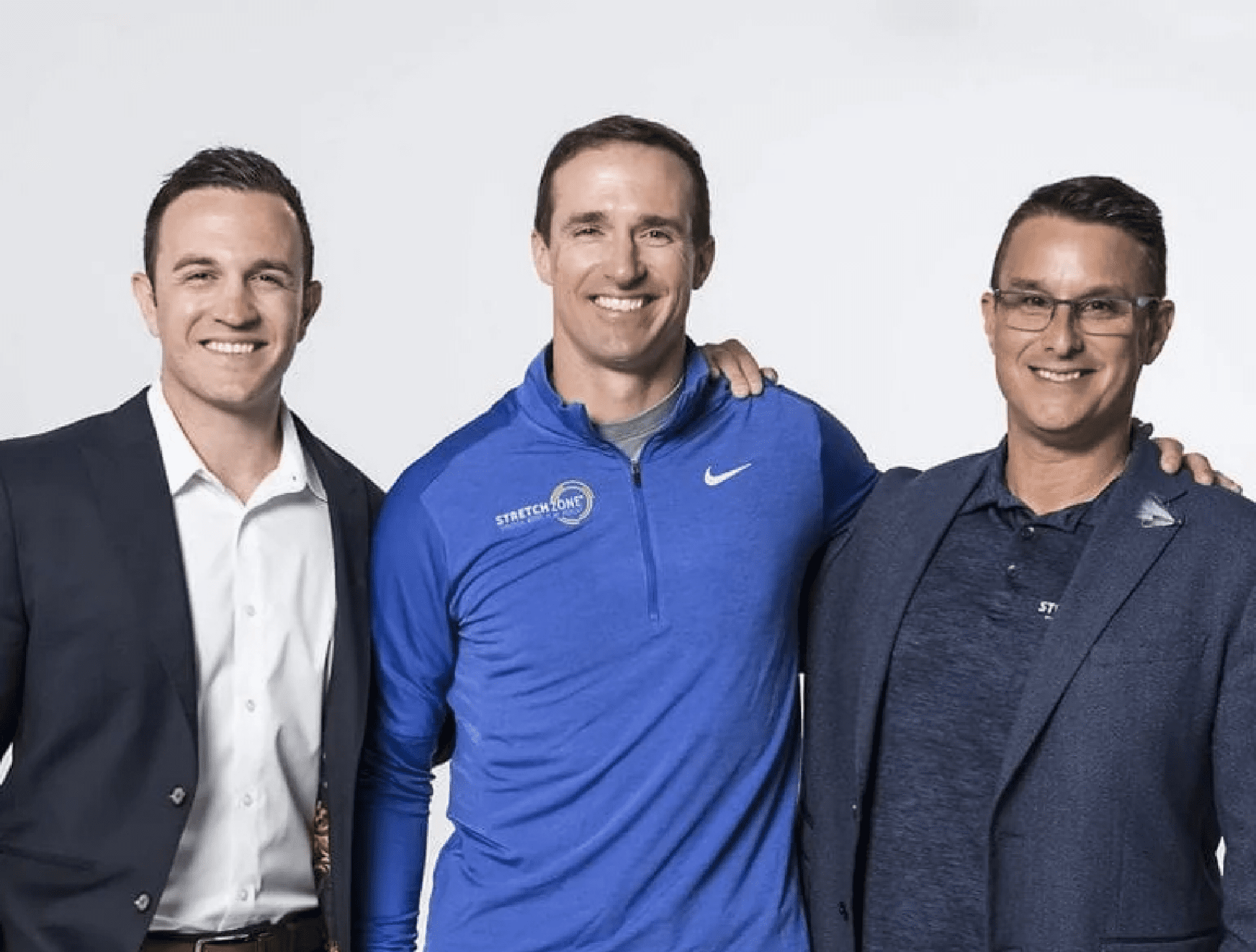
DREW BREES
After a legendary career in the NFL, Drew Brees is now throwing his support behind Stretch Zone as a proud multi-unit franchise owner and partner.
Learn More